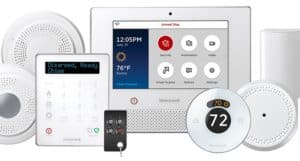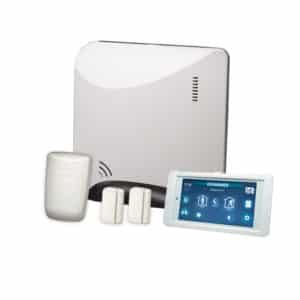Category Archives: Home Security System Reviews
Honeywell Lyric DIY Home Security and Automation System Review – 2021
The Lyric DIY Home Security and Automation System from Honeywell is their most advanced all-in-one [...]
Jan
Qolsys IQ Panel 2 Plus DIY Wireless Home Security System Review – 2021
From the professional installation side of our business the new Qolsys IQ Panel 2 [...]
Jan
2GIG Rely DIY Wireless Home Security System Review – 2019
The 2GIG Rely wireless alarm kit is fast becoming our [...]
2 Comments
Apr
DSC iOtega DIY Home Security and Automation Review – 2019
DSC, a long-time player in the home and commercial security industry has released there newest [...]
2 Comments
Apr
Alula Connect+ DIY Home Security and Automation System Review – 2019
While Alula is a new name on the professional security market it results from the [...]
Apr
Is Cheap Alarm Monitoring The Way To Go?
Chosing an alarm monitoring company for your home or business should not be [...]
Mar
DIY Home Security Systems – Are They Any Good?
If you are searching for a DIY home security solution to protect your family and [...]
Mar











